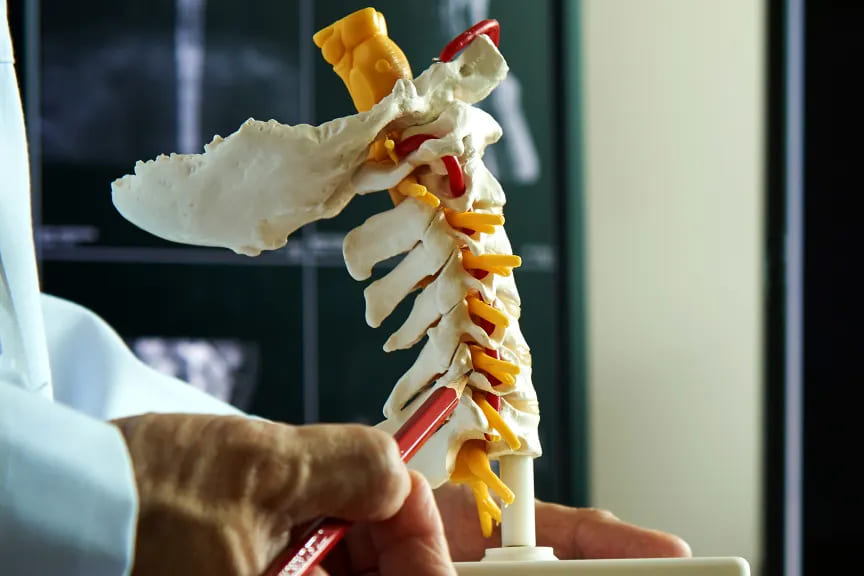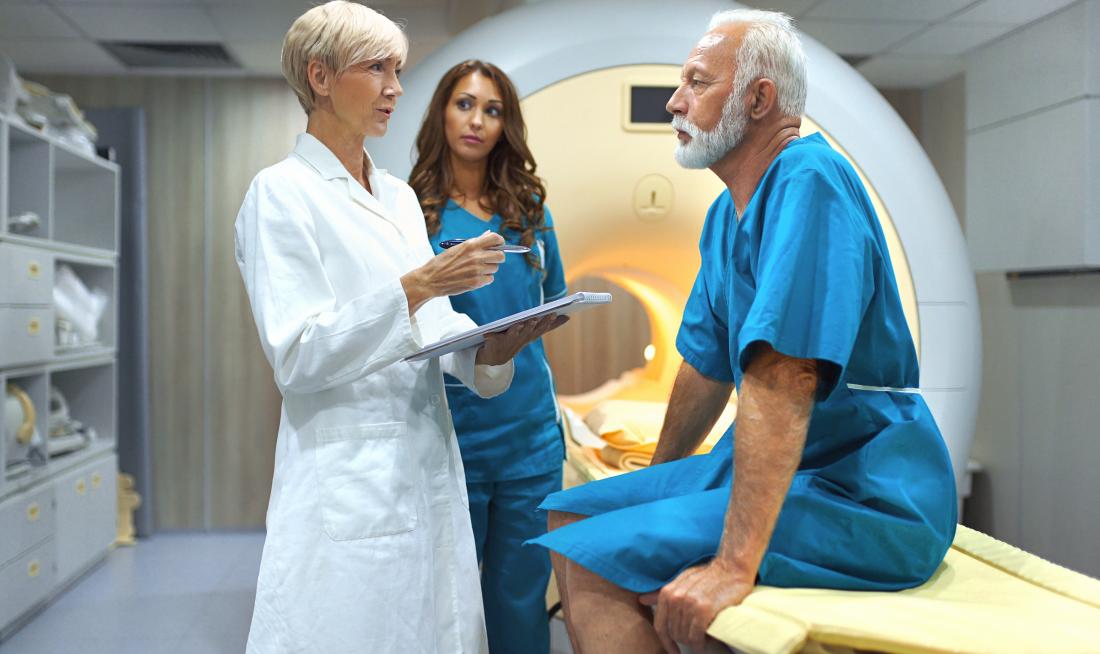26 Dec 2022 | Jennifer
Does multiple sclerosis affect the spine?
Multiple sclerosis(MS) occurs when the body’s immune system attacks the central nervous system disorder(CNS) which includes the brain, spinal cord, and optic nerve.
Traditionally it was believed MS is an autoimmune disease. But now they have changed their concept as autoimmune diseases usually have identifiable antigens. Researchers are unable to identify the specific antigen in MS that causes our T cells to attack the Central Nervous System.
MS patients may not tolerate heat, they should avoid hot situations. There is proof that infections increase the likelihood of an MS exacerbation. A worsening of MS symptoms has been associated with emotional stress.
Treatments are available at Dallas Back Clinics to manage multiple sclerosis symptoms. Visit our specialist for a speedy recovery.
Why is it difficult to diagnose MS?
MS is widespread around the world. According to The National Multiple Sclerosis Society, around 2.3 million people are affected by multiple sclerosis. However, for a variety of reasons, scientists have found this value inaccurately low. To start with, doctors are not required by law to disclose any new MS cases. Many MS sufferers go undiagnosed until their symptoms become particularly severe. Diagnosing MS is a challenge as its symptoms are mistaken for other neurological disorders. Though the MRI(magnetic resonance imaging) in and of itself does not make the diagnosis, MRI may show areas of abnormality that suggest MS.
Multiple sclerosis can happen to anyone regardless of age, gender, or race. However, women are three times more prone to this condition than men. Multiple sclerosis results in inflammation in the brain, spinal cords, and optic nerves. Myelin, a protective covering on nerve cells, is gradually removed by an uncontrolled inflammatory reaction. The myelin coats the nerve fibers that extend from the brain to the rest of the body. Numerous uncomfortable symptoms are caused by inflammation, which results in the development of brain and nerve lesions.

Spinal Muscular Sclerosis
At least two-thirds of MS patients experience spinal lesions. It can occur anywhere on the spinal cord but mostly occurs on the cervical spine and can lead to spinal stenosis. Spinal lesions are often associated with an increased risk of disability.
Symptoms of spinal cord lesions :-
- Motor weakness, spasticity, and tension occur due to spinal lesions. Motor symptoms are more common in the legs but can occur in the arms also.
- MS patients will experience numbness, tingling, and paralysis and these symptoms may be confined to specific locations such as one hand. They may also experience pain with certain movements.
- Bowel incontinence happens less frequently than the loss of bladder control. There may be mild incontinence, urine retention, or total incontinence.
How do you confirm you have MS?
Your doctor will recommend a few tests as MS cannot be diagnosed after one test. There are other diseases that are considered and diagnosed occasionally. These include vitamin B12 deficiency and lupus., both have MS-like symptoms. MS is differentiated from other disorders through MRI, blood tests, and spinal fluid. In the first step of MS diagnosis, your medical history is checked and a thorough neurological examination is done.
- MRI (Magnetic Resonance Imaging) scan :- Detailed image of the brain is produced by MRI that uses strong electromagnetic fields and radio waves. Any small areas of scarring or damage to the myelin sheath are also checked in MRI. Your spinal cord may also be scanned using the MRI technique.
- Evoked potentials :- Evoked potentials are a group of tests that measure how effectively nerves are sending signals. The most common test is visual evoked potential, in which patients are asked to look at an image and measure the time it takes for the brain's visual area to receive nerve signals that the eye has picked up. Some MS patients experience delays in the transmission of these nerve impulses.
- Lumbar puncture :- Cerebrospinal fluid (CSF) is a liquid that surrounds the brain and spinal cord. For some people abnormalities in their CSF is a sign of MS.

How to treat spinal MS?
Although there is no cure for multiple sclerosis, effective treatments are there that can manage symptoms. The disease has been shown to proceed more slowly or even stop when treated with oral and injectable treatments. MS patients can live longer, healthier lives by using a variety of wellness techniques. This integrative method includes the following components :-
- Experienced MS provider :- It is advised to visit an experienced and knowledgeable health provider for the treatment of multiple sclerosis.
- Creating a medication regimen :- You can find the right medication and remedies with your treatment that prevents any flare-ups.
- Maintain a healthy lifestyle :- Lifestyle changes such as easing stress, quitting smoking, and resting can help in improving MS symptoms.
- Rehabilitation After Flare-Ups :- Rehab professionals can help you get back on track after a flare-up.
- Support groups :- Many online resources are there for MS patients that provide encouragement and support. Through these resources, you can find your answers and connect with medical experts or other individuals suffering from MS.
MS patients may not tolerate heat, they should avoid hot situations. There is proof that infections increase the likelihood of an MS exacerbation. A worsening of MS symptoms has been associated with emotional stress.
Neuromyelitis Optica (NMO)
Spinal lesions can also indicate another condition- neuromyelitis optica (NMO). NMO has symptoms similar to MS. Both have common symptoms, lesions, and CNS inflammation. However, NMO mainly occurs in the spinal cord, and the size of the lesions varies.
Correct diagnosis is important if spinal lesions are found as treatment of both MS and NMO are different.

 Telehealth Visits Available
Telehealth Visits Available
